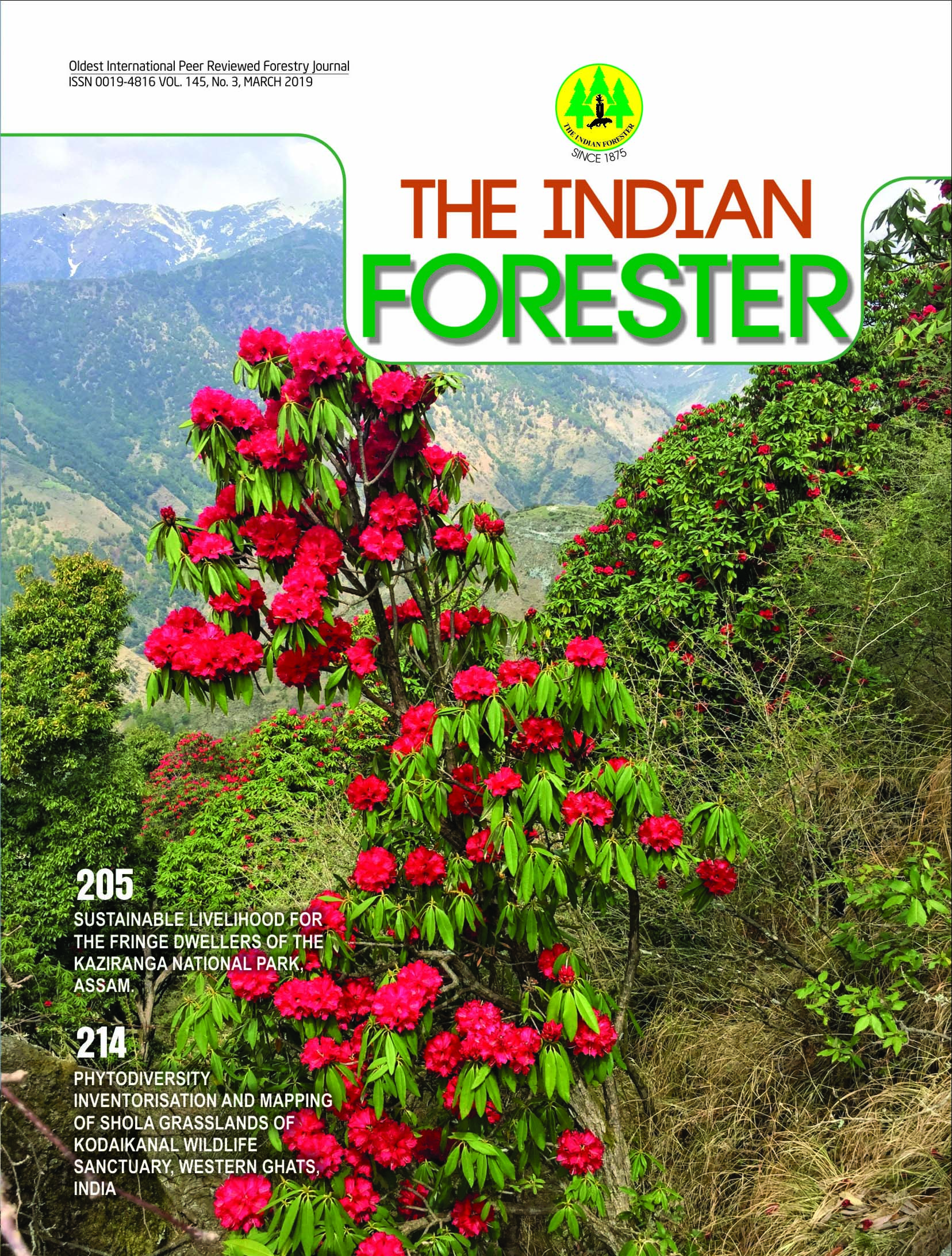A New Record of Insect Pest Helopeltis theivora Waterhouse on Nepenthes khasiana Hook (F). An Insectivorous Plant
DOI:
https://doi.org/10.36808/if/2019/v145i3/144462Keywords:
No Keywords.Abstract
No Abstract.References
Gopan R., Kurup, R., Hussain A. and Baby S. (2011). Distribution of Plumbagin, Droserone,and 5-O-methyl droserone in induced and uninduced Nepenthes khasiana: molecular events in capture. J. Experimental Botany, 62:15:5429-5436.
Jones N. (1976). Some biological factors influencing seed setting in Triplochiton scleroxylon,/i> K. Schum. In: Tropical Trees: variation, breeding and conservation Burley (T. and style, B.T. eds.). Linnean society, symposium series No.2. Academic press, London, 125-134p.
Mukhopadhyay A. and Roy S. (2009). Changing dimentions of IPM in the tea plantations of the North eastern SubHimalayan region. P- 290-302. In: Pro. of the national Symposium on IPM Strategies to Compat Emerging Pest in the Current Senario of Climate Change (V.V. Ramamoorthy., C.G. Gupta., S. N Puri, eds.), College of Holticulture and Forestry, Central Agricultural University, Pasighat, Arunachal Pradesh, India, 30-38 January 2009.
Nayar M.P. (1996). Hot spots of endemic plants of India, Nepal, and Bhutan. Tropical Botanic Garden and Research Institute, Palode, Thiruvanathapuram. 252p.
Stonedahi G.M. (1991). The oriental species of Helopeltis (Heteroptera : Miridae) a review of economic literature and guide to identification. Bulletin of Entomological research, 81: 465-490. DOI: 10.1017/ S0007485300032041.
Downloads
Downloads
Published
How to Cite
Issue
Section
License
Unless otherwise stated, copyright or similar rights in all materials presented on the site, including graphical images, are owned by Indian Forester.





